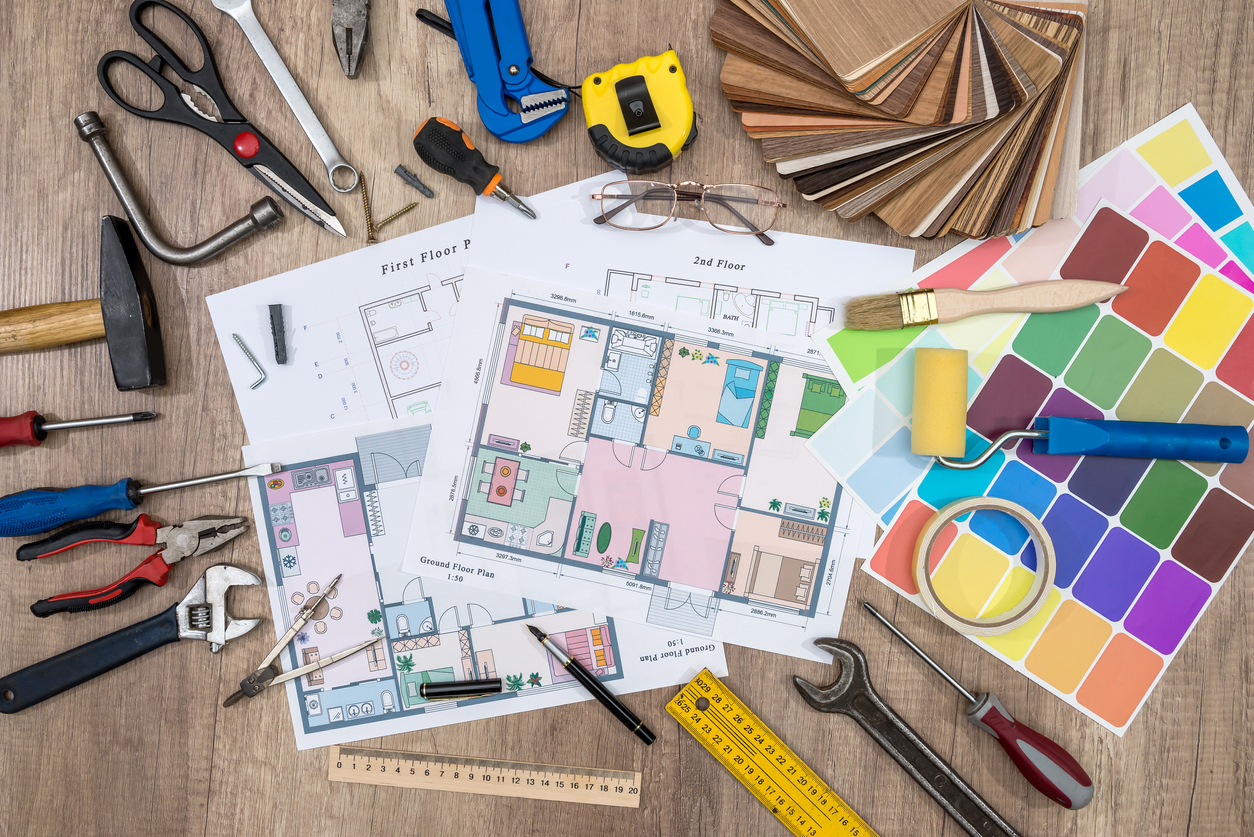Some fancy lounge chairs and a luxe coffee table to impress clients in the reception area.
A boardroom with expansive views that makes them feel like they’re dealing with a highly successful company.
Well-insulated walls to keep the noise from employees crammed in cubicles down to a dull roar.
Many offices work really well in terms of offering an environment that creates a great impression as part of the brand’s customer experience. To achieve true success, however, they also need to contribute to a positive employee experience.
Companies have been trying to do this well for years. The location of many organizations is not only based on proximity to customers and suppliers, but zones that might ease the commuting time for team members.
Offices have slowly grown in the number of amenities on offer. The standard office kitchen, for instance, might now feature free coffee on demand. Some have set up meditation and prayer rooms and even spaces to take naps.
Businesses have tended to reimagine their office spaces when the work to hire in-demand talent becomes highly competitive. It’s why some larger companies might invest in an on-site gym for their office, or open-plan environments that resemble a trendy cafe more than a stuffy corporate atmosphere.
Over the past few years many companies shut their offices entirely, at least for a time. As they welcome employees back— even if it’s only a few days a week — the time may have come to think through their needs again.
This isn’t something businesses have to figure out completely on their own, of course. The strategy can and should begin by gathering feedback directly from the team on their expectations, must-haves and wish list items.
Run some of these suggestions past them as you conduct that consultative process, and see what else comes up:
Hybrid Meeting Rooms
Chances are there will be many meetings in the future where some employees are physically present and others are calling in remotely. Those in the office can bring their laptops into a traditional boardroom or use a common monitor to display those working elsewhere, but sometimes it’s hard for everyone to feel like they’re truly collaborating.
Explore technologies that can ensure greater meeting equity by making remote workers more visible to those on site, and to ease the process of listening and sharing feedback.
Private Phone Booths
When we all communicated by telephone calls, those working in cubicles might have spoken in low tones to ensure they weren’t distracted by colleagues, or distracting others. With more of us now doing video calls for almost everything, though, employees might feel more exposed and reluctant to use their time in the office as well as they could.
Many coworking facilities have already addressed this with “phone booths” — essentially small glassed-in areas that are often booked to have a private call. This can strike a better balance, especially in an open plan office space.
Ergonomic Furniture
Chairs with better lumbar support, standing desks . . . they all might have seemed like nice-to-haves, or an expense businesses could avoid for a while. Years of employees working in more comfortable settings outside the office have probably changed all that.
Pay particular attention to those whose jobs have traditionally made them desk-bound for long periods of time. How do they frequently like to move and stretch in order to avoid strains or injuries? If more of their work now includes video calls, they might also need a second monitor, or want a shield to ward off the effects of “blue light” on their vision.
Inclusive Design Elements
More than ever, businesses are realizing that diversify, equity and inclusion (DEI) needs to be a top-level leadership priority. That should also translate into how your office is set up.
If ramps for wheelchairs and accessible washrooms were never constructed in the current space, for instance, now is the time to add them. Washroom signage or setup might need to evolve in recognition of trans or non-binary team members. Don’t just think about the people on the payroll today as you make these changes. Look ahead to the talent you hope to employ tomorrow.
Social Distancing Space
The conventional wisdom was to squeeze as many people in the same office as possible to save on real estate costs. Not only is that no longer viable due to health and safety considerations: it’s not even necessary.
Unless everyone is back in the office full time, there is likely the possibility of keeping desks and other furniture further apart. However common spaces, like the kitchen and boardrooms, should be reconfigured to avoid the risk of crowding.
Touchless Conveniences
Still asking staff or visitors to sign in with pen and paper? There are better, safer ways to do the same thing with apps and QR codes.
Similarly, digital signage can help reduce the need for putting sticky notes on a boardroom door to indicate it’s in use, and to provide wayfinding and show the occupancy of rooms without having someone touch a door handle in order to take a peek and check.
Cloud-Based Knowledge Hubs
In the beginning was the filing cabinet or the room filled with banker’s boxes where all the important files were stored. Beyond the difficulty of actually finding anything that way, it’s a moot point for employees who may be working elsewhere some of the time.
That’s why the best way to store everything people need — where they are in the office or not — are cloud-based platforms that are accessible from anywhere. This includes all the tools within Customer 360, including CRM, marketing automation, customer service tools and Slack.
The office will no doubt continue to be revamped as times change, but it’s not just a matter of making it look better. The space employees do their jobs needs to reflect how they’ll do their best work.


